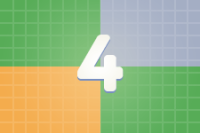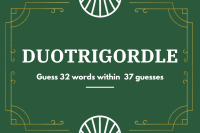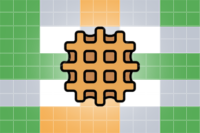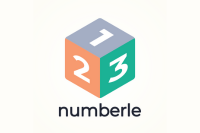









Polydle sounds like an interesting variant of Wordle! It appears to be a multi-grid version that allows players to choose the number of grids they want to solve simultaneously. This feature adds an additional level of challenge and complexity to the traditional Wordle game.
In the original Wordle game, players typically solve a single grid, attempting to guess a five-letter word within a limited number of guesses. However, in Polydle, players have the option to tackle multiple grids at once. This could potentially involve solving two or more word puzzles simultaneously, each with their own set of hidden words to guess.
The exact rules and mechanics of Polydle may vary depending on the implementation or version you are referring to. However, the general concept is to provide players with the opportunity to test their word-guessing skills across multiple puzzles simultaneously, potentially leading to a more dynamic and challenging gameplay experience.
Polydle could be an enjoyable choice for individuals who are seeking a greater challenge or variety in their word puzzle games. By allowing players to choose the number of grids they want to solve at once, it offers a unique twist on the traditional Wordle format and enhances the overall gameplay experience.
How to play Polydle
Setup: Start by deciding the number of grids you want to play simultaneously. This could be two, three, or any number of grids based on the variant you are playing.
Grids: Each grid consists of a set of empty boxes, typically arranged in a rectangular or square shape. These boxes represent the positions of the letters in the hidden words you need to guess.
Guessing: Guess words that match the length of the hidden words in each grid. For example, if each grid has a five-letter hidden word, you'll need to guess five-letter words.
Feedback: After making a guess, the game provides feedback on your guess for each grid. Typically, the feedback consists of two types of information: the correct letters and their positions in the word (represented by colored or highlighted boxes) and the correct letters that are in the word but not in the correct position (represented by different indicators or markings).
Deduction and Iteration: Use the feedback from each grid to deduce the correct letters and their positions. Modify your subsequent guesses accordingly. Repeat this process for each grid until you successfully guess all the hidden words.
Limited Attempts: Similar to Wordle, there is usually a limited number of attempts or guesses you can make per grid. The goal is to guess the hidden words within the given number of attempts.
Strategy: Employ word-guessing strategies such as considering common letters, identifying patterns, and making educated guesses based on the feedback to improve your chances of guessing the words correctly.
Completion: The game is considered complete when you successfully guess all the hidden words in each grid.
Remember, the specific rules and gameplay mechanics of Polydle may vary depending on the version or implementation you are playing. Be sure to consult the instructions or guidelines provided by the specific Polydle variant you're interested in playing for more accurate and detailed instructions.